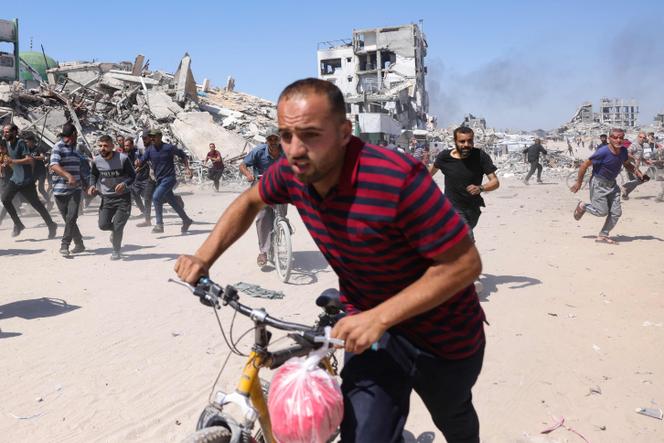


On January 20, Mohammed Al-Najjar returned to his home in Rafah, at the southern tip of the Gaza Strip. The 24-year-old lawyer, displaced by Israeli bombings to Deir Al-Balah in central Gaza, took advantage of the truce that began the previous day to visit his family home with his brother. There, they found that the six-story building had been reduced to a pile of rubble, twisted metal, shattered furniture and shards of plastic.
Mohammed, who is blind, described the scene over the phone as his brother narrated what he saw, calling from the top floor of a building in Deir Al-Balah where he found an internet signal. Israeli authorities continue to bar foreign journalists from entering the Palestinian territory. The conversation was punctuated by the crackle of automatic weapons, very close by. "In our neighborhood, only one building was still standing: a burned-out shell where no one can live," Mohammed said. "We couldn't find our bearings, where our street was, the houses. There was nothing left."
The same could be said for nearly all of Rafah. The city, which had some 250,000 residents before October 7, 2023, has been pummeled relentlessly. According to an analysis by Le Monde's video team using satellite imagery, 68% of its buildings have been leveled. The structures that escaped the barrage of bombs and missiles dropped on the city over the past 19 months have been destroyed by bulldozers, block by block. The few buildings still standing are gutted.
You have 84.32% of this article left to read. The rest is for subscribers only.
